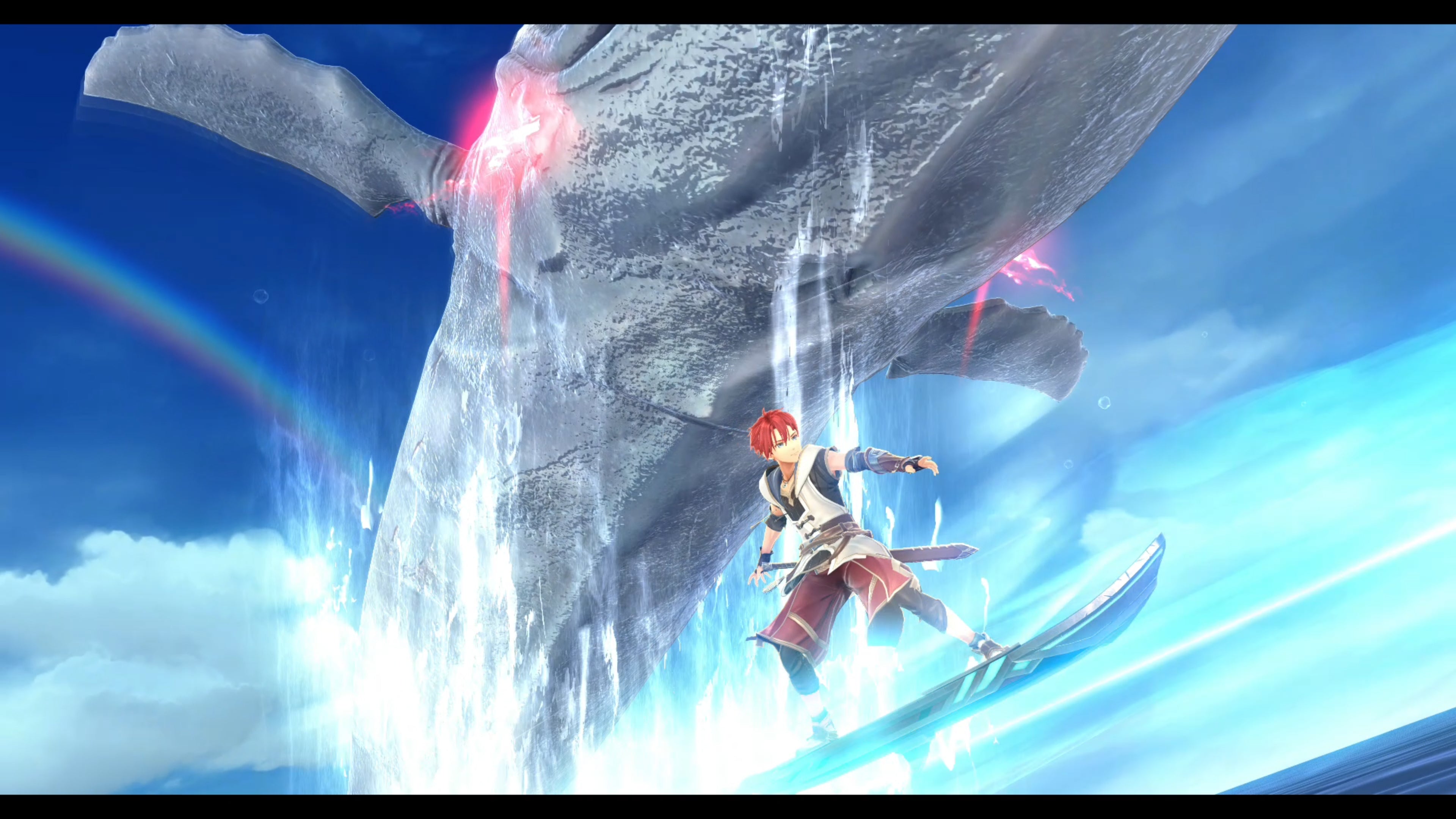The world of the Ys series may be firmly set in the realm of fantasy, but it takes many inspirations from the real world, from the continents themselves to the cultures of the people that inhabit them.
Continuing our series of articles about the Ys series to celebrate the release of Ys X: Nordics, today’s post will explore some of these real-world analogues and how they shape Ys VIII: Lacrimosa of Dana, Ys IX: Monstrum Nox, and Ys X: Nordics.
All three titles take place in the Eresia region, based on real-world Eurasia, with the three titles we are highlighting today drawing many parallels to areas in Southern Europe and France.
Starting in chronological order, Ys VIII: Lacrimosa of Dana finds Adol Christin stranded on the Isle of Seiren after his ship, the Lombardia, was attacked by an enormous sea monster. The infamous deserted island’s name comes from the mythical Seiren of Greshun mythology, creatures who would enrapture the crews of ships with their songs, leading them to their doom. Already sound familiar? That’s right, the Seiren are inspired by sirens from Greek mythology!
At the Isle of Seiren, Adol starts to dream about a mysterious woman with long, blue hair from a civilization he doesn’t know who was chosen to become the Maiden of the Great Tree. This massive tree, known as the Great Tree of Origins, is located at the center of the Isle of Seiren and was worshipped by the ancient Eternians, ancestors of present-day humans.
Clear parallels can be made between the Great Tree of Origins and the Bodhi, “awakening” Tree or Mahadobhi Tree, a sacred fig tree located in India. It is said that the spiritual teacher Siddhartha Gautama, who later became known as the Buddha, attained enlightenment under this tree. While the original tree is no longer alive, numerous other holy Bodhi trees remain important sites of Buddhist worship around the world.

Shifting away from the island setting of Ys VIII, Ys IX: Monstrum Nox takes place in the prison city of Balduq, where Adol is detained and imprisoned in the Balduq Prison as a key suspect in the disappearance of the Romun Fleet on the Atlas Ocean.
Here, there are numerous real-world analogues to locations in France and French history. Balduq Prision, where Adol finds himself at the beginning of the game, is based on the fortress-turned-prison Bastille in Paris, from its structural design to its narrative significance in relation to the Hundred Years’ War between Britai and Gllia, which is a direct analogue to the Hundred Years’ War between Britain and France, which took place from 1337-1453. Even an analogue to Charles VII of France, the King of France at the end of the Hundred Years’ War, makes an appearance!

Finally, Obelia Gulf, the setting of Ys X: Nordics, has many parallels to the Bay of Biscay, a gulf located south of the Celtic Sea in the northeastern Atlantic Ocean, and the Cotentin Peninsula, a peninsula in Normandy. The Norman people, including the pirate princess Karja Balta, who govern the waters draw direct inspiration from Vikings, from their history within the game’s narrative to their clothing and culture, including their powerful seafaring warrior fleet known as the Balta Army.

The Normans’ religion is also heavily inspired by Norse mythology, and Runestones, which were traditionally erected to memorialize fallen men primarily in Scandinavia. In Ys X: Nordics, Runestones are massive stone monuments upon which the Normans' ancestors recorded their achievements and happenings which can be found scattered in various locations across Obelia Gulf. Adol and Karja, who possess the power of Mana, can touch the stones to invoke visions of the past.
These are but a few (spoiler-free) references to real places, people, and events that can be found in the Ys games. Just how many can you find?








